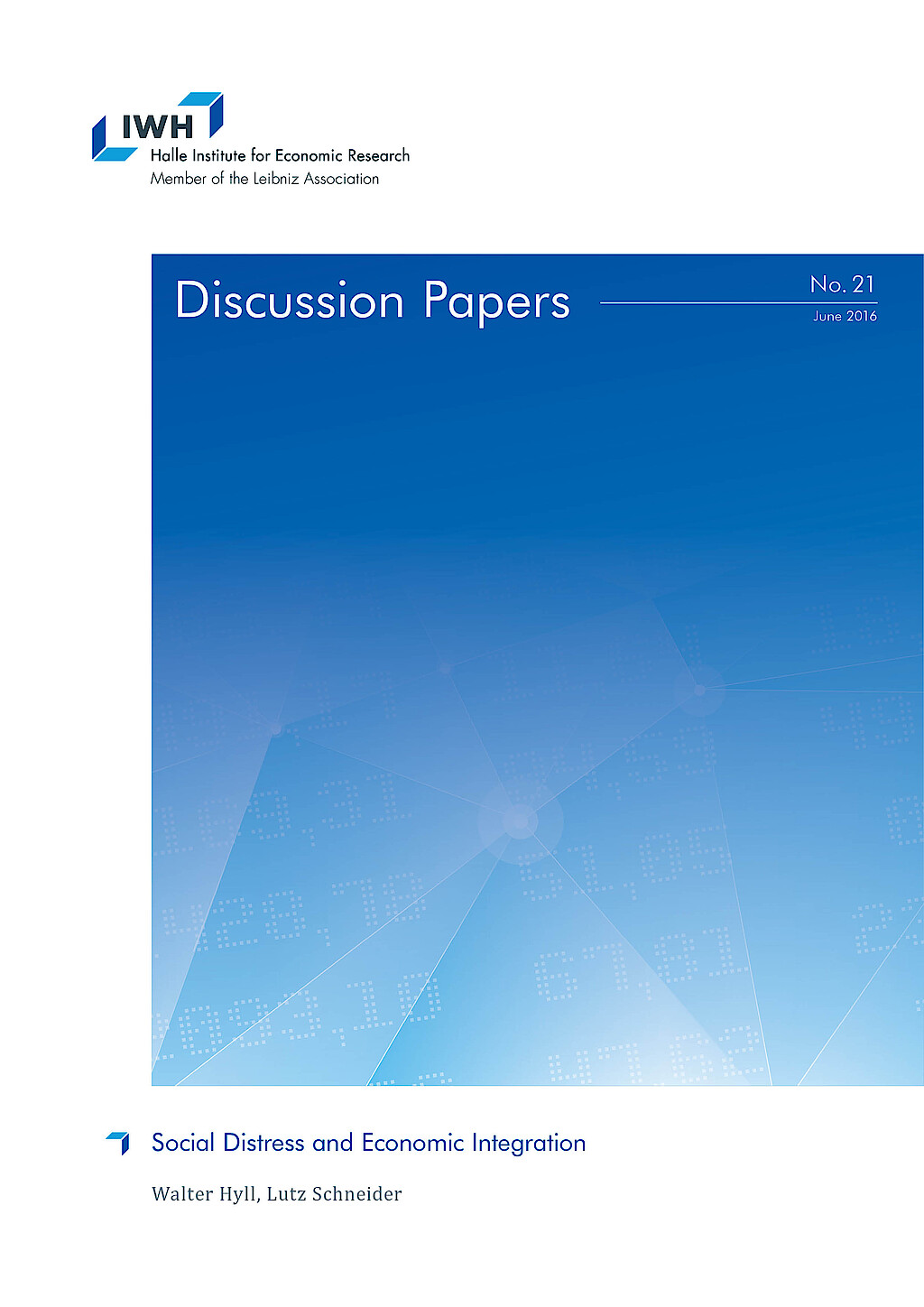
Subsidized Vocational Training: Stepping Stone or Trap? An Evaluation Study for East Germany
The aim of this paper is to analyze whether the formally equal qualifications acquired during a subsidized vocational education induce equal employment opportunities compared to regular vocational training. Using replacement matching on the basis of a statistical distance function, we are able to control for selection effects resulting from different personal and profession-related characteristics, and thus, to identify an unbiased effect of the public support. Besides the ‘total effect’ of support, it is of special interest if the effect is stronger for subsidized youths in external training compared to persons in workplace-related training. The analysis is based on unique and very detailed data, the Youth Panel of the Halle Centre for Social Research (zsh). The results show that young people who successfully completed a subsidized vocational education are disadvantaged regarding their employment opportunities even when controlling for personal and profession-related influences on the employment prospects. Besides a quantitative effect, the analysis shows that the graduates of subsidized training work in slightly worse (underqualified) and worse paid jobs than the adolescents in the reference group. The comparison of both types of subsidized vocational training, however, does not confirm the expected stronger effect for youths in external vocational education compared to workplace-related training.




